Buscador
As Carballeiras Green Trail
- Santa Eulalia de Oscos
- Circular route
- 4.5 km
- 1 hour 20 minutes
- Download
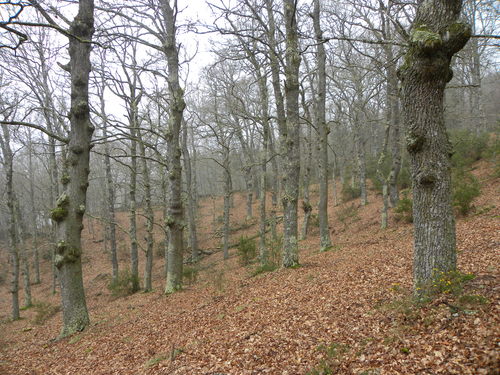
This route starts at the Nature Interpretation Center, in the center of Santa Eulalia de Oscos.
After visiting the center observing the educational material that shows us the richness in flora, fauna and ethnography of the area, we can complement our information with a tour of the path that will help us to identify in a short time the different ecosystems and forests of the region. After a few meters we enter a characteristic mixed deciduous forest in which we find, among other species, oak, chestnut, birch and hazelnut trees. In the upper part of the forest gradually opens up and almost without noticing we are surrounded by scrub (heather, gorse, ferns and broom) that allows us a wide panoramic view overlooking the valley of the river Agüeira, which crosses the municipality in a NW-SE direction and the highest and most humanized areas of the municipality. In the descent to Pumares we pass by several meadows where it will not be difficult to see cows grazing accompanied by their young, meadows watered by the river Agüeira, which also feeds another characteristic type of forest, the riparian, which has a wide wealth and biodiversity formed by species such as alder, ash, willow or hazel. From Pumares we will return by our tracks to the crossroads, where we turn right and return to Santa Eulalia.
Hiking trails
-
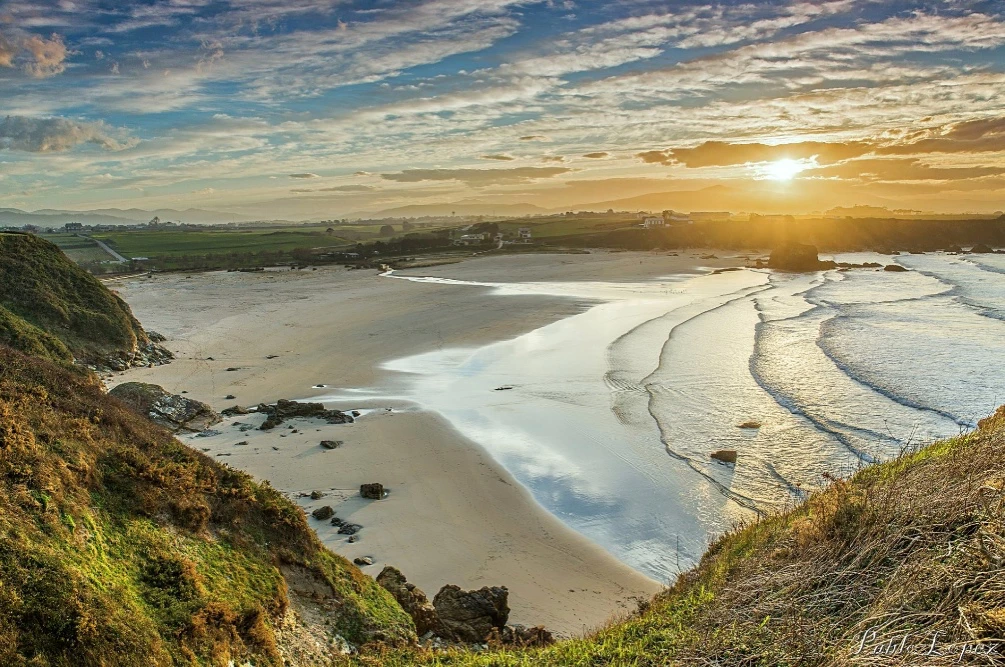
Coastal Path Tapia – Figueras
- Castropol
14 km
4 hours
Download
In our region the route starts at Penarronda beach, declared a natural monument for its high environmental values, a beach that holds the blue flag and where you can not miss a good swim.
-
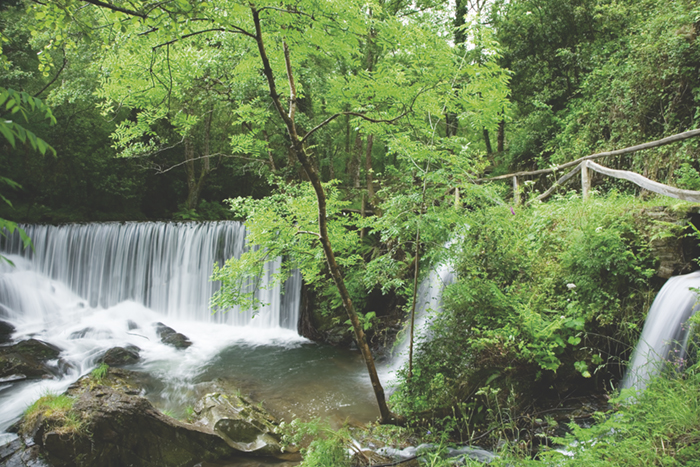
Route of the Mazo de Meredo
- Vegadeo
13 km
4 hours
half
The route starts in Piantón, a charming village that was once the capital of the council, located about two kilometers from Vegadeo in which we recommend a walk around the square and a visit to the church. We cross the so-called Roman Bridge and take the path to the left towards Arcilo. The path begins with a slight ascent through a deep eucalyptus forest mixed with remnants of native vegetation: chestnut, holly, laurel, … fed by numerous streams.
-
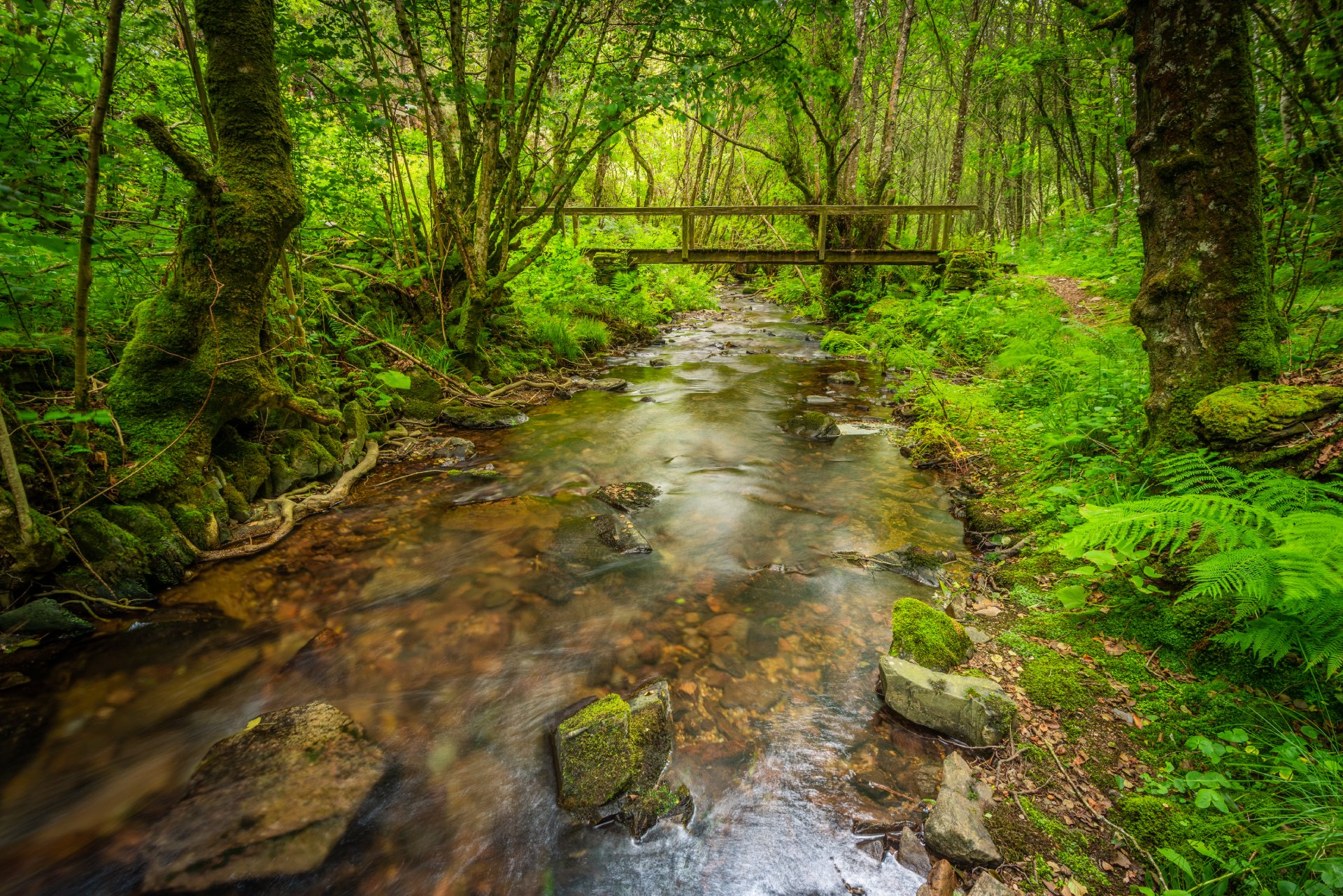
Ruta Os Cortíos
- Santa Eulalia de Oscos
8,47 km
4 horas
Baja
Esta ruta comienza en Barcia (Asturias) donde disponemos de un aparcamiento público para dejar nuestro coche a escasos metros del inicio.
-
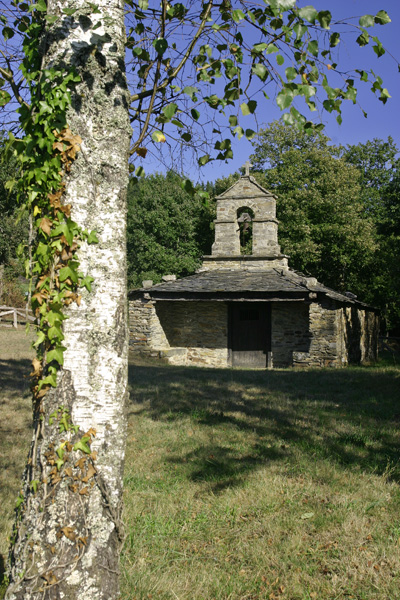
Mount Marón and Ascuita route
- San Martín de Oscos
9 km
2 hours
Download
We begin the route in San Martín de Oscos where we can see the parish church, with a Latin cross plan, large porticoed space and inscription of 1828. To the right of the facade we observe one of the most characteristic hórreos of the Oscos with a mixed roof (slate and straw), which corresponds to the primitive models. In front of the church we have the mansion of the Guzmanes, an old manor house of the XVIII century, which preserves in the portico of its main entrance a coat of arms carved in stone. We cross the bridge that crosses the San Martín river to begin the ascent to Mount Marón, entering a small forest of birch and oak trees, which make our walk even more pleasant.
-
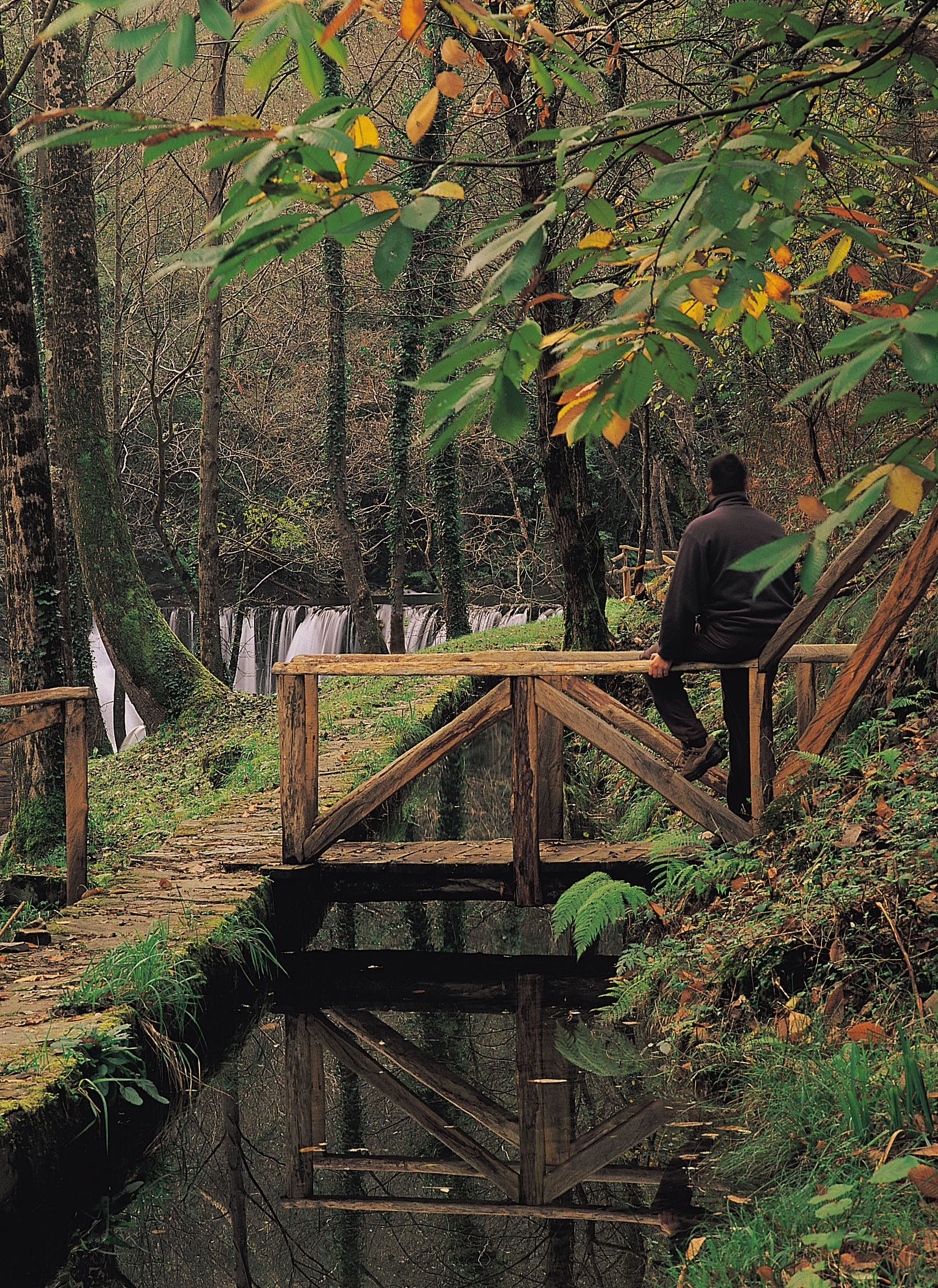
Vegadeo – Vegadeo Route
- Vegadeo
26,089 Km.
Download
Download the route in PDF and KML and follow the route with your mountain bike or MTB. With different levels of difficulty, duration, slope and length. If you don’t have a bike you can rent one.
-
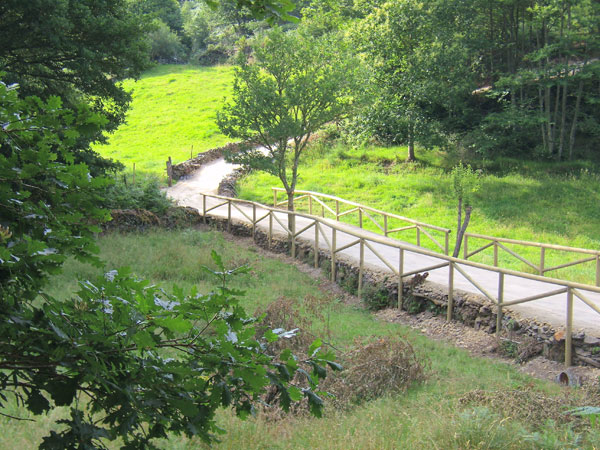
Green path of San Martín de Oscos
- San Martín de Oscos
7.5 km
3 hours
Download
This is a circular route of about 7.5 km that starts and ends in the village of San Martín de Oscos. We start the route next to the tourist office going up to A Bouza, where we will contemplate an exceptional view of the village.


